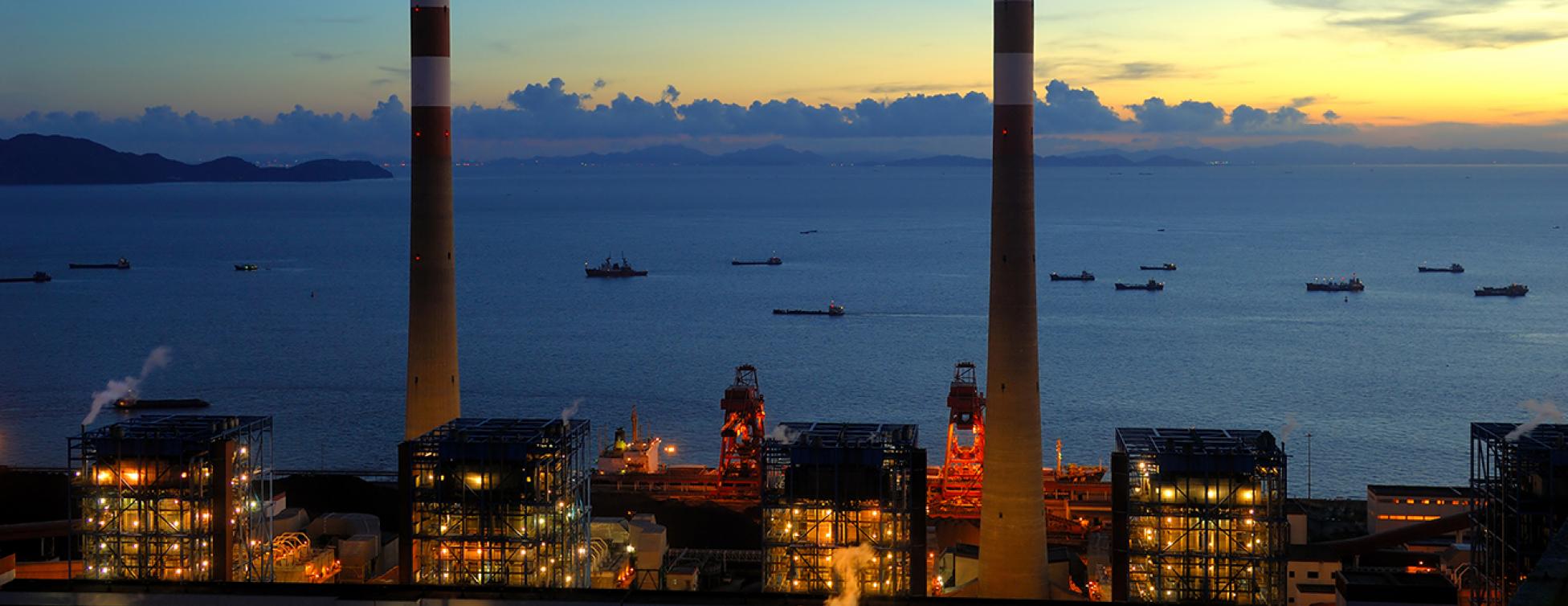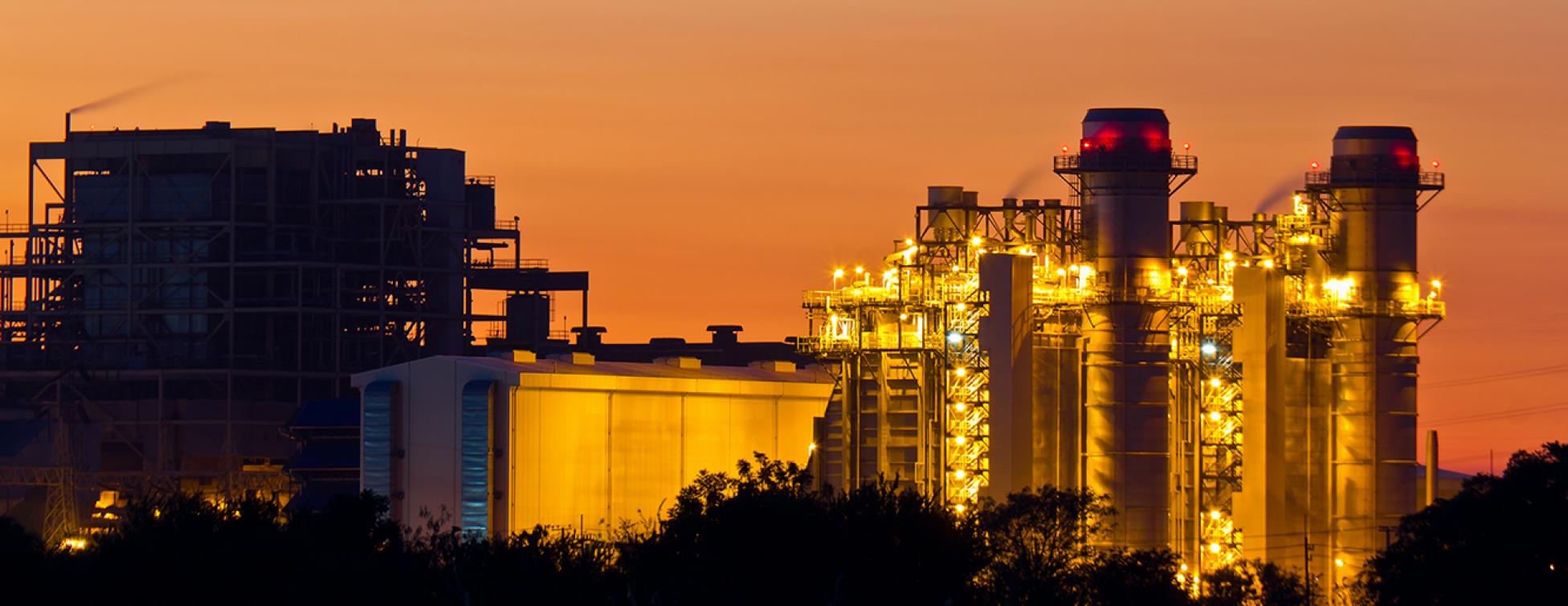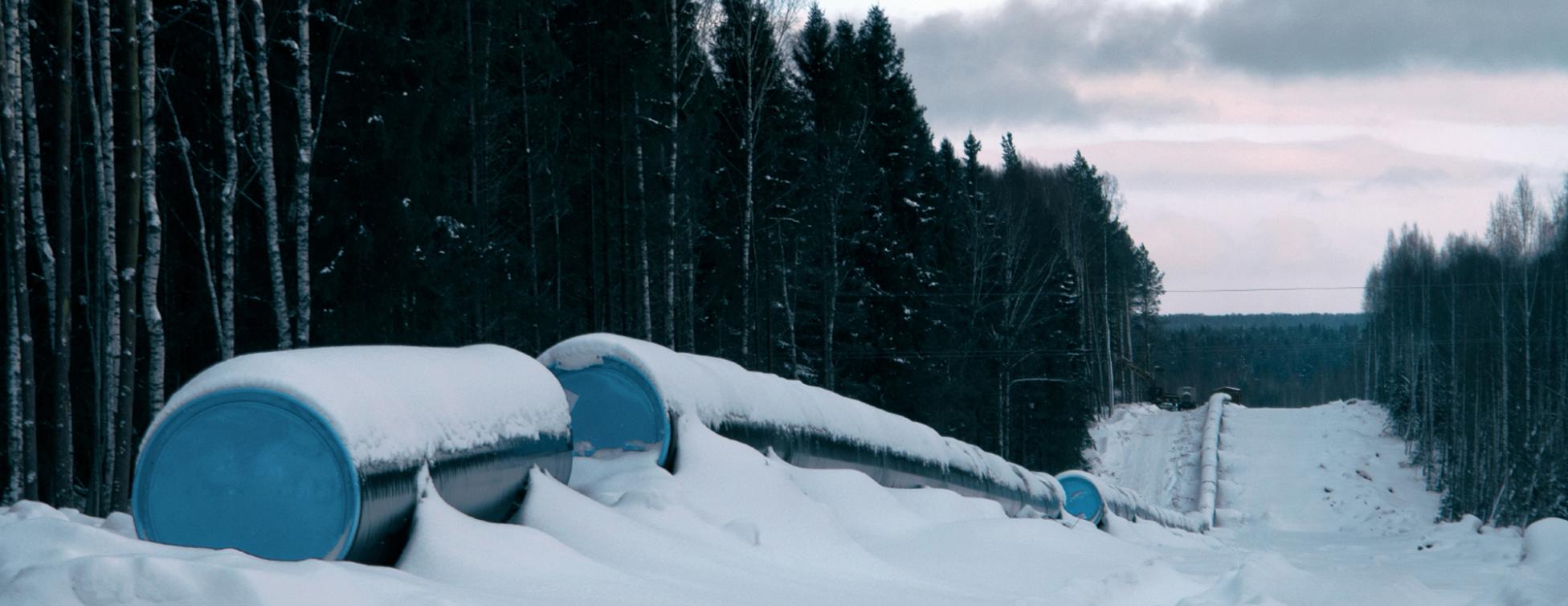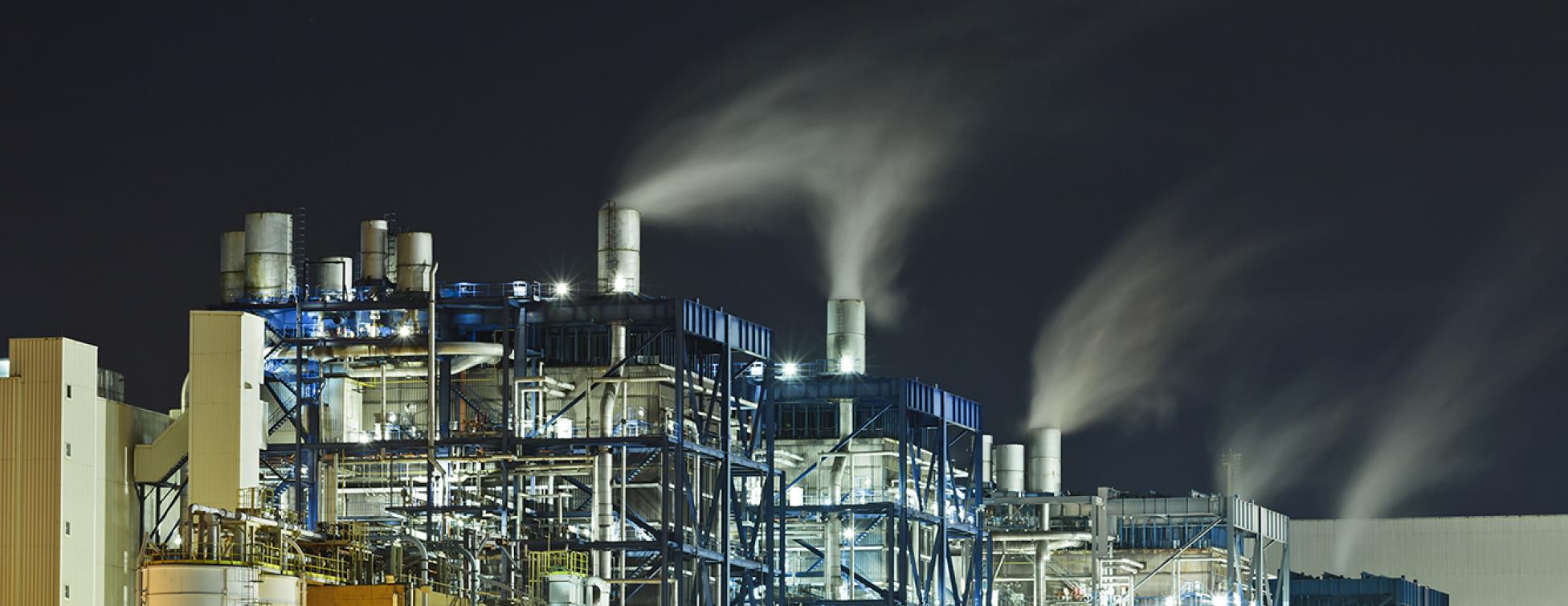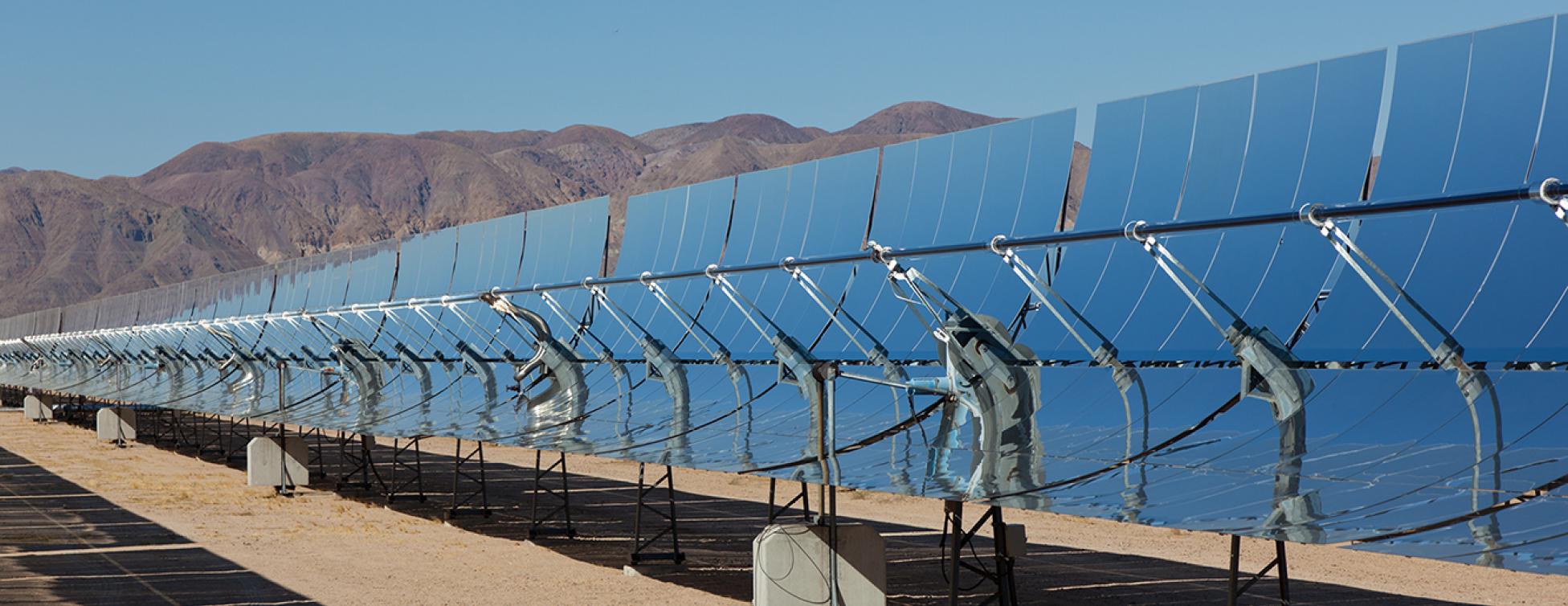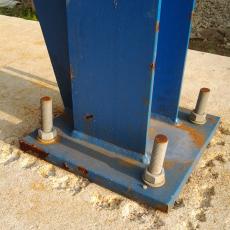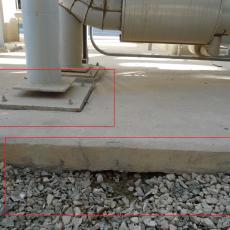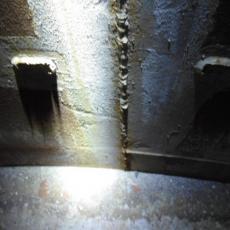August 2017
No-No-Shrink Grout
Most structural designers call for an inch or two of no-shrink grout below the baseplates of structural columns. While anchor bolts are installed with nuts to jack and plumb a column, the load is intended to be carried largely by the grout. This means that it needs to be installed on a prepared surface, mixed correctly, and placed with good workmanship to the approximate depth required.
In almost every developing country where EPR has inspected plants, the same recurring problems are visible. Typically, the workman are unaware of the purpose for the grout and methods required to create an acceptable final product.
In the photos, at least three major flaws are shown. First, the foundation surface was not bushed prior to setting the column and instead some half-effort to rough around the joint is attempted. Second, there is insufficient space to apply grout below the baseplate. Third, the grout is poured around the joint, as opposed to being packed under the baseplate. It is clear the workman think grout is simply a "dressing" rather than a purposeful component of the structural system.
... Read moreNo Savings.
Most of the time, the condition is not repairable. Owner had to accept the defect.
Settle for More!
In nearly every developing country location, plants evaluated by EPR have exhibited very poor performance of soil compaction, especially related to area paving.
At one facility, a more extensive review was conducted because significant settling was evident in dozens of areas. In the first photo, not only is the area paving soil consolidating, so is the soil below the pipe support foundation, which rendered the support ineffectual. Some of the other pictures show images taken from a borescope beneath a slab where the soil had consolidated in the 12 months after the slab was poured. The findings included exposed rebar, construction debris, form work, voids, unconsolidated concrete, and improper slab thickness/finish. In all, technically nothing about the installation was acceptable.
In the last photo, a small crew can be observed preparing soil for finish grade. It exhibits well the nature of the problem. Simply, the crew did not have the tools or knowledge to perform the work correctly. QC was also not likely to be involved to verify soil density. However, it's a safe bet the QC... Read more
Minimal.
Owner will live with poor conditions and possible operator injury. Ongoing O&M cost.
HRSG Stack Welding
HRSG Stacks are subjected to accelerated corrosion where sulfur is present in the fuel (gas/oil). An engineered solution is to protect stack internals with a coating which contains glass flake. For the coating to adhere it must be applied on a properly prepared substrate (NACE/SSPC/Manufacturer’s Recommendations). Glass flake coatings cannot be effectively patched.
In this case, the stack field welds were not compliant with AWS D1.1, 5.24.4 (visual examination criteria), the construction contract criteria. This poor workmanship necessitated rework of the welds and stack coatings. Concerns include welder qualification, lack of weld inspection, lack of coatings prep inspection, and pervasiveness of defect (full length, all stacks). Additionally, the stack alignment lugs were not ground smooth in preparation for the coatings.
Another concern with unacceptable weld profiles in the stack is weld failure due to expansion and contraction of the stack during outage cycles and wind loads, especially in the presence of sulfur.
Blasting, weld repair, and recoating of one stack... Read more
Minimal. It takes no more time to weld properly, but perhaps some minor labor savings was gained with an unqualified welder
Owner: 2 month outage, revenue loss at $35,000/day =~$2,000,000. EPCC: ~$400,000 to repair welds and recoat.

